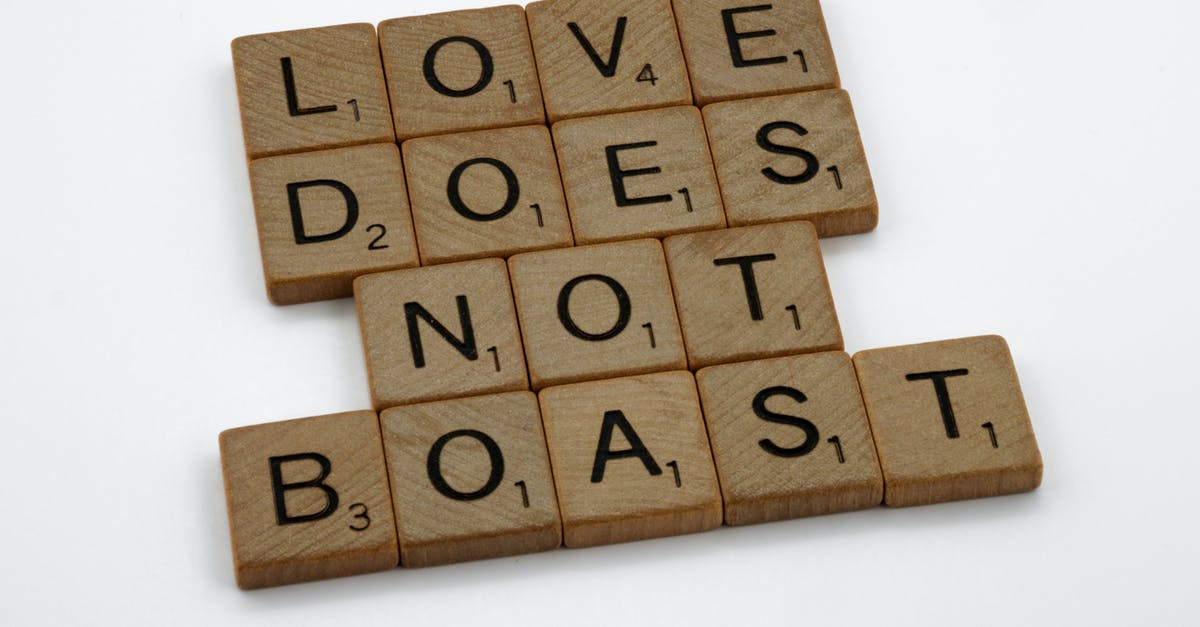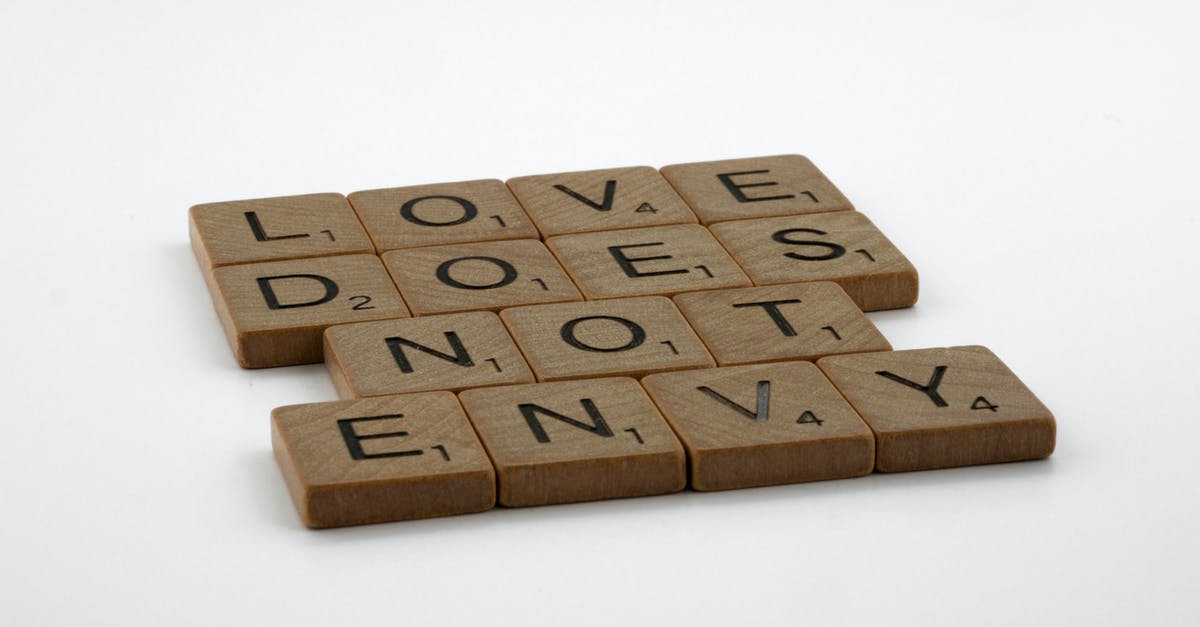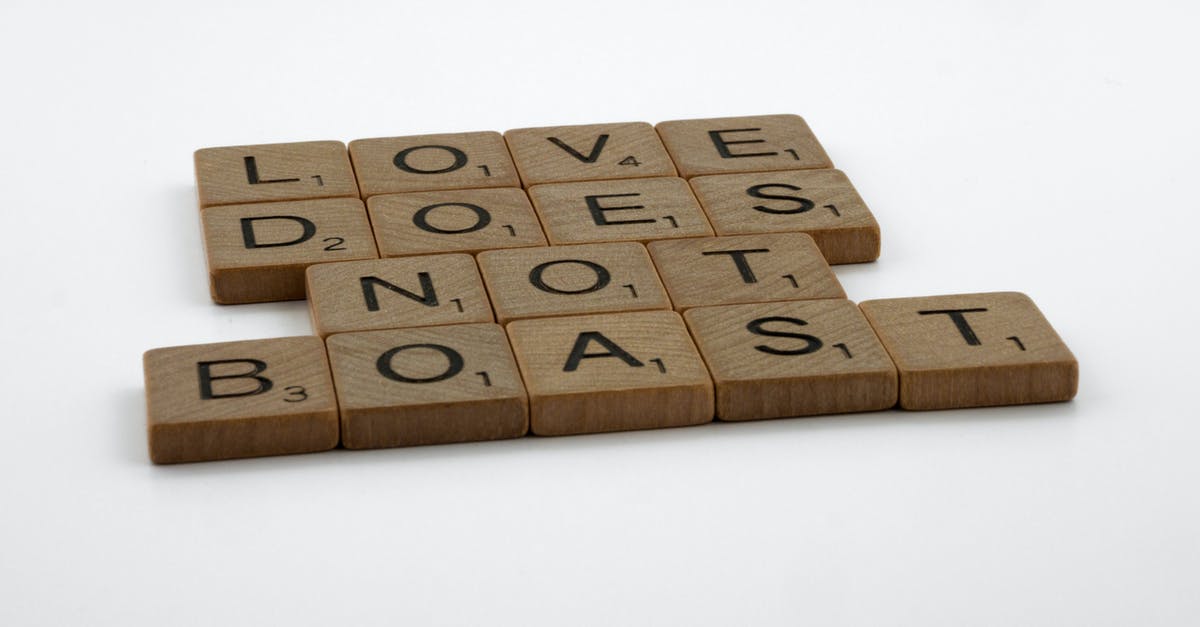What does "serving" and "serving size" mean?

I have a tin of 16 oz mixed nuts, whose label says
Serving Size 1oz
Serving Per Container 16
I have a can of 454g refried pinto beans, whose label says
Serving Size 1/2 cup (124g)
Servings Per Container about 3.5
What does "serving size" mean? Does it mean the appropriate amount of intake in a meal for a normal adult? What if I eat much more than the specified serving size each time, such as 3oz of mixed nuts, or 248g of refried pinto beans?
What is a "cup" in serving size? Is it the same as a cup for a rice cooker?
Does the "serving size" assume that I also eat other things in the same meal, or I eat nothing else in the meal?
Mixed nuts do not seem like staple according its serving size 1oz, while refried pinto beans do because its serving size is 124g. Does determination of the serving size of a can/tin of food depending on whether the food is intended as staple or not?
Does it imply how many servings per day? I.e. the frequency of servings?
Best Answer
Servings/serving sizes are simply an amount that is "customarily consumed". There is no implication about what you should consume, about how much to eat per day, how often, or what part of the meal. It's just about what people tend to eat.
The FDA has put a fair amount of effort into coming up with some sort of guidelines for all this. If you care to see details, you can read this part of the Code of Federal Regulations (Title 21, Part 101, Subpart A, Section 101.12). Essentially, they have amounts for categories of foods, so that ideally if anyone makes a new product, there'll already be an applicable entry in the tables.
But obviously generalizations only work so well. There are foods in any categories where those serving sizes will be unrealistic. There's personal variation. There's variation in how large a part of a snack or meal a given food provides. There are manufacturers trying to make high-fat high-sugar high-calorie food look less bad, and picking serving sizes as low as possible within the guidelines. So you'll frequently find that they're wildly off from the amount that you'd eat for a single snack or single meal, and they'll more likely be too small than too large.
A better way of looking at serving sizes is that they're intended to be of the right order of magnitude, so that you can reasonably easily estimate the nutritional content of the amount you actually eat. For example, if your cereal is in the category with a 30g serving size, and for your particular cereal that's one cup, then whether you eat half a cup or two cups of it, you'll be able to do the math.
So for that purpose, what matters is the rough amount that people tend to eat, hence the notion of "customarily consumed" amounts. That does mean that as you say, "staples" which people tend to eat as a large part of a meal will tend to have larger serving sizes, while things typically eaten as snacks will have smaller serving sizes. But that's not a judgment about how you should eat them, just how people typically do eat them.
The parts of nutrition labels that are intended to provide some guidance about how much they think you should eat are the % daily value column, for the individual nutrients, not the serving sizes. So to see whether your mixed nuts or refried beans are an "appropriate" amount to eat, you have to look more carefully, and possibly adjust for differences between your dietary needs and the generalizations made by the FDA to pick the daily value numbers.
It's not too hard to find things where one serving provides more than the recommended daily intake of some particular nutrient, and it's also not hard to find things where ten servings would be well below the daily value for everything. So the serving size itself definitely doesn't indicate anything about number of servings to eat; it's just a sort of arbitrary but hopefully convenient unit.
That covers most of your numbered questions. As for "what is a cup"... it's a standard measurement. In US stores you should be able to find 1-cup (or fractions/multiples thereof) measuring cups. It's equivalent to 236.6 mL. It's not just the contents of any arbitrary cup, so the measuring cup that comes with your rice cooker is probably not the same - likely 180 mL.
Pictures about "What does "serving" and "serving size" mean?"



Serving Size And Portion Size - What Is A Serving Size - How Much Is One Serving
More answers regarding what does "serving" and "serving size" mean?
Answer 2
The serving size is an arbitrary amount of the product, typically expressed in weight or volume. The servings per container number is simply calculated by dividing the net amount of product that particular container size holds, by the serving size amount.
The manufacturers essentially pull the serving size out of thin air — it's a theoretically amount someone might be served, but it often has no basis in reality. The labeled serving size is relevant however, because it pertains to the nutrition information that also appears on the label.
Therefore, when a product is high in calories, fat, sugar and/or salt, the manufacturers will specify an inordinately small serving size, to make it appear the product is less unhealthy than it really is. In reality, people may actually consume many multiples of those amounts.
If you wish to know the nutrition information of your own real-life servings, then you need to multiply it by the percentage of your serving amount, relative to the labeled serving size. For example: if your serving contains 12oz, but the labeled serving size is 4oz, then multiply the nutrition information by 3.
Regarding "what is a cup?" — although "cups" are commonly used measurement in recipes, it's really quite imprecise. For example, a cup of flour may vary in amount, depending on how tightly packed it is. It's much more accurate to measure by weight, that's why your serving size for 1/2 cup is accompanied by a weight of 124g. To calculate your own nutrition information, measure your actual serving amount by weight instead of volume.
You most certainly should not try to perceive healthy eating guidelines, or how often to consume the product, based on the manufacturer's chosen serving size. There are many other places to get good advice of how to structure a healthy and nutritious diet. The label on a box of pre-packaged, processed food is the last place I'd go.
Sources: Stack Exchange - This article follows the attribution requirements of Stack Exchange and is licensed under CC BY-SA 3.0.
Images: Brett Jordan, Brett Jordan, Brett Jordan, Brett Jordan
